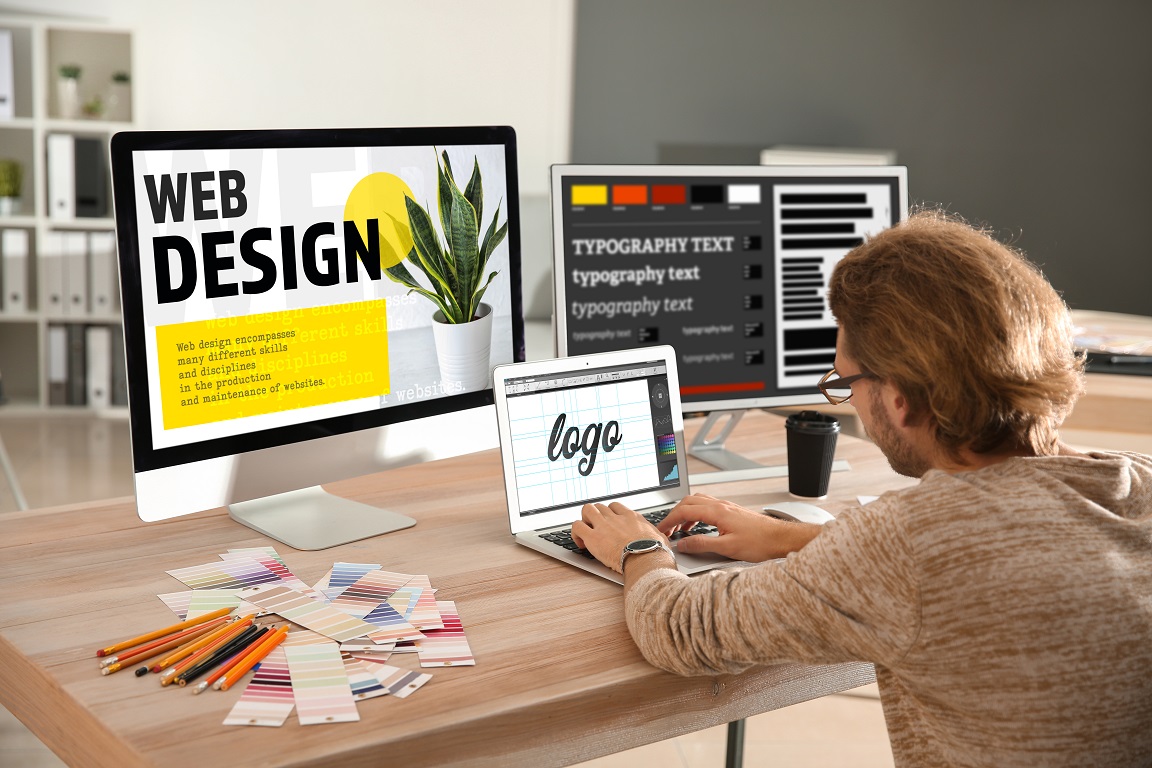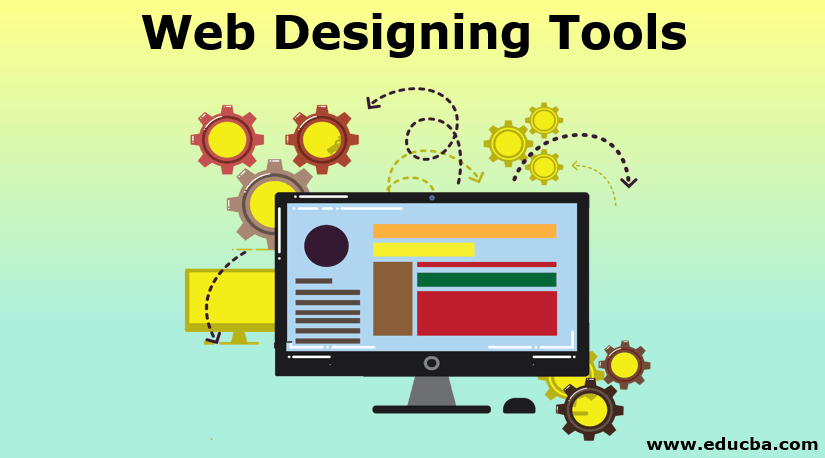Aligned Position Web Design: Boost Your Brand’s Visibility with a Stunning Website
Aligned Position Web Design: Boost Your Brand’s Visibility with a Stunning Website
Blog Article
The Very Best Kinds Of Web Style to Enhance Customer Experience and Involvement
In the ever-evolving landscape of electronic interaction, the performance of Web style significantly impacts customer experience and engagement. Various style strategies, such as minimalist, receptive, and interactive formats, each offer distinct benefits that can provide to varied user requirements.
Minimal Website Design
As digital landscapes come to be progressively chaotic, minimal website design has actually become a powerful approach to improving user experience. This style approach prioritizes simplicity, concentrating on important aspects while eliminating unnecessary interruptions. By making use of sufficient white space, simple navigation, and a restricted color scheme, minimal style fosters clearness and directs user focus to crucial web content.
The core concept of minimal Web style is to produce a seamless interaction for individuals. By decreasing cognitive tons, individuals can swiftly comprehend information without really feeling bewildered. This direct strategy not just enhances usability but likewise encourages involvement, as visitors are most likely to check out a website that is simple and visually appealing to navigate.
Furthermore, minimal style typically stresses typography and imagery, utilizing these elements tactically to communicate messages effectively. In essence, minimal Web design is not just a fad; it is a thoughtful technique that acknowledges the value of user-centered style.
Receptive Website Design
In today's diverse electronic environment, responsive website design has actually become necessary for creating a smooth individual experience throughout a wide range of gadgets. As customers access web sites on mobile phones, laptop computers, desktop computers, and tablet computers, the capacity of a site to adjust its format and web content to various screen sizes and resolutions is important.
Responsive Web design uses adaptable grids, images, and CSS media queries to guarantee that Web material is presented ideally, no matter the device used. This strategy not just improves the visual charm of a website yet additionally dramatically enhances functionality. Users are more likely to engage with a website that supplies a consistent experience, as it removes the stress of having to focus or scroll excessively.
Furthermore, search engines, including Google, focus on mobile-friendly web sites in search positions. By taking on responsive layout, companies can improve their presence and reach a broader audience. This approach also simplifies site upkeep, as a single variation of the site can accommodate all tools, lowering the requirement for several variations. In recap, responsive Web design is a basic method that boosts user experience, engagement, and overall complete satisfaction.
Interactive Website Design
Responsive Web layout lays the foundation for improving customer experience, however interactive website design takes this an action better by involving customers in a more dynamic means - Aligned Position Web Design. By integrating aspects such as computer animations, clickable models, and real-time comments, interactive website design captivates individuals, drawing them into a richer browsing experience
This technique not just promotes engagement but also encourages users to discover material proactively as opposed to passively consuming it. Strategies such as gamification, where individuals gain rewards for completing jobs, can significantly improve the moment invested in a website and boost overall More Info fulfillment. Interactive functions can simplify complicated details, making it extra enjoyable and absorbable.

Including interactive layout aspects can additionally result in greater conversion prices, find out this here as customers are more probable to engage with a site that proactively involves them. Aligned Position Web Design. Eventually, interactive Web design transforms customer experiences right into memorable journeys, making sure that site visitors return time after time
Flat Style
Defined by its minimalistic strategy, flat design emphasizes simplicity and functionality, stripping away unneeded aspects and focusing on important features. This style ideology focuses on use, guaranteeing that customers can navigate user interfaces with convenience and performance. By utilizing a tidy visual, level design gets rid of the clutter typically found in a lot more luxuriant designs, thereby enhancing customer emphasis on content and capability.
The hallmark of flat design hinges on its usage of vibrant shades, basic typography, and geometric forms. These components add to a visually enticing user interface that is both friendly and modern. Additionally, flat design fosters a sense of clarity, enabling users to determine necessary activities and information without interruption.
Moreover, level layout is particularly effective in receptive Web style, as its simpleness translates well across different devices and screen dimensions. By focusing on crucial functions, flat layout not just satisfies user requirements yet likewise motivates seamless communication, making it a vital component of efficient Web design strategies.
Flexible Website Design
Adaptive website design tailors the customer experience by creating several repaired designs customized to various display dimensions and devices. Unlike receptive layout, which fluidly readjusts a solitary layout, flexible design utilizes distinct designs for certain breakpoints, guaranteeing ideal discussion on different platforms. This method enables developers to concentrate on the special features of each gadget, boosting use by supplying precisely what users require based upon official statement their context.
Among the primary advantages of flexible Web style is its capability to enhance tons times and efficiency. By offering tailored material and photos that fit the individual's device, sites can lessen information usage and enhance loading rates. This is specifically advantageous for customers with slower connections or minimal information strategies.

Furthermore, adaptive design assists in a more consistent and regulated branding experience. Because designers produce multiple layouts, they can ensure that the visual aspects line up with the brand name's identification across various systems - Aligned Position Web Design. This leads to a natural user experience, improving engagement and advertising individual retention
Verdict
Minimal design cultivates clearness and focus, while responsive layout makes sure adaptability throughout different tools, promoting ease of access. Jointly, these layout approaches add to the production of user-friendly atmospheres that not only improve satisfaction however also drive higher conversion rates, highlighting their essential relevance in contemporary Web style methods.

Minimalist style fosters clarity and focus, while responsive design makes sure versatility across various devices, advertising ease of access. Collectively, these layout approaches add to the creation of straightforward atmospheres that not only improve fulfillment however also drive greater conversion prices, emphasizing their crucial importance in contemporary Web layout techniques.
Report this page